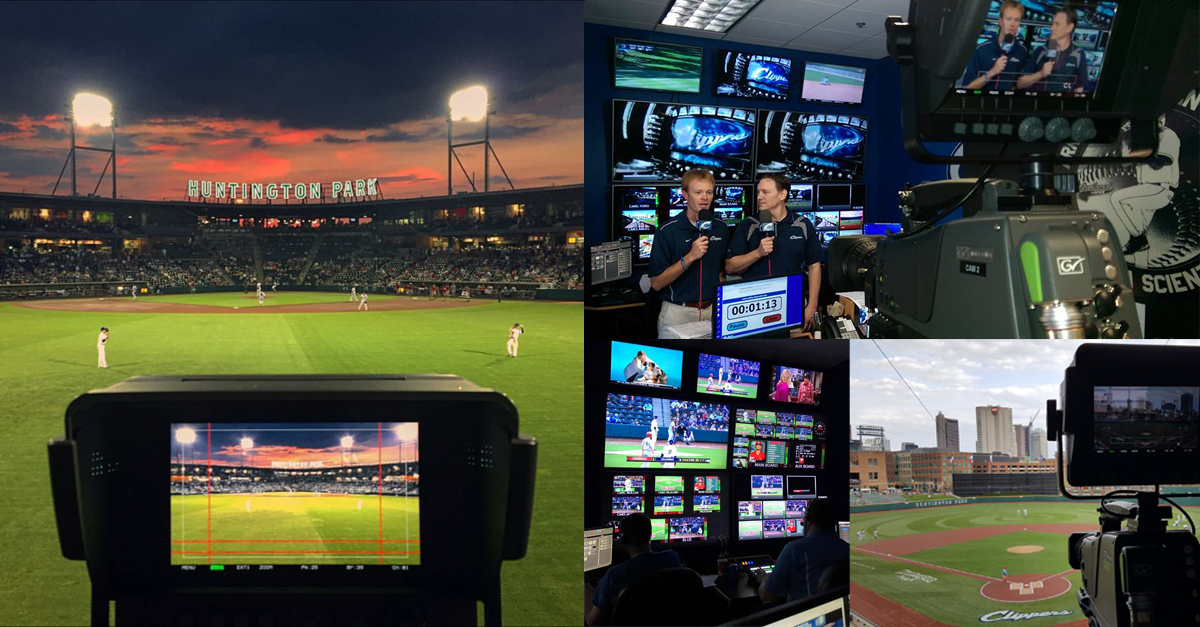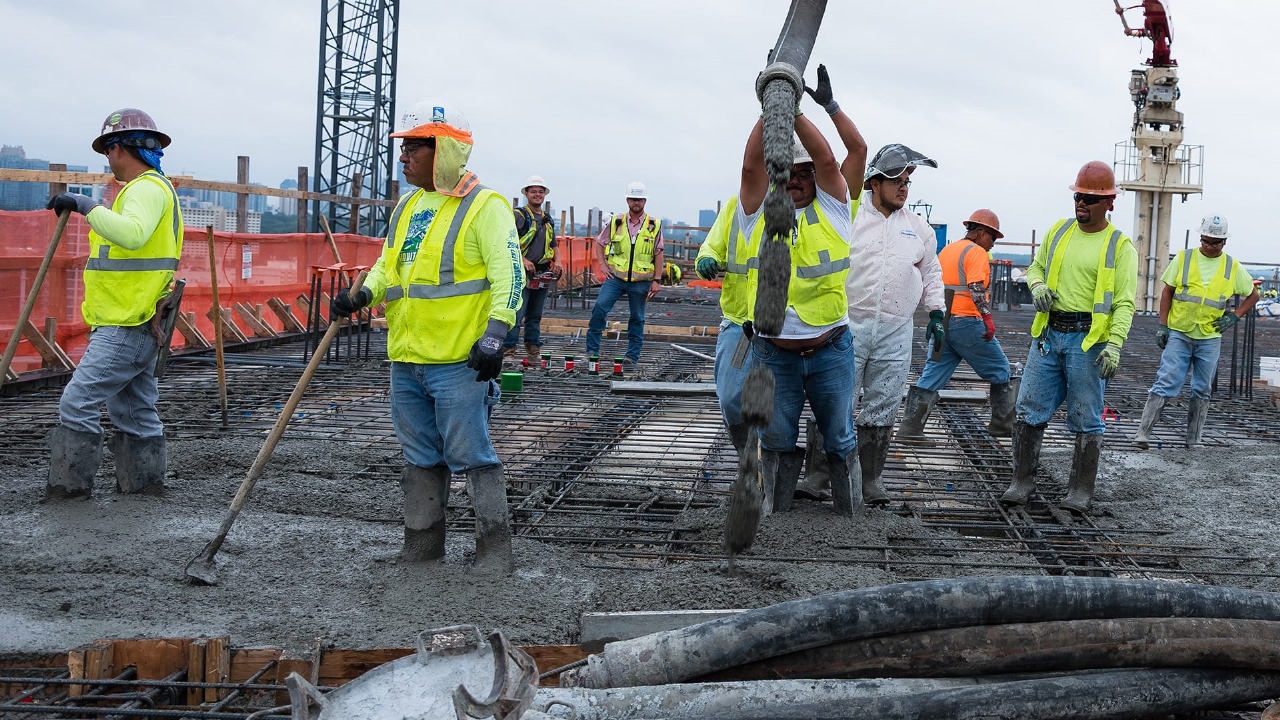Introduction to Architectural Model Maker Exhibitions
Architectural model maker exhibitions serve as vital platforms for showcasing the intricate craftsmanship and innovative designs of architectural models. These exhibitions not only celebrate the art of model-making but also enhance public understanding of architectural visions and proposals. The ability to visualize projects in a tangible form is crucial for architects, urban planners, and clients alike, making these exhibitions an essential part of the architectural discourse. In this context, it’s worth exploring what architectural model maker exhibitions encompass, their significance in architecture, current trends, and how to orchestrate a successful exhibition. To understand more about the nuances of creating effective displays, visit architectural model maker exibition.
What are Architectural Model Maker Exhibitions?
Architectural model maker exhibitions are curated events featuring scaled models that represent various architectural concepts, urban plans, and historical reconstructions. These exhibits are often held in galleries, museums, or educational institutions, allowing architects and designers to present their work to a broader audience. Through a combination of creativity and craftsmanship, these exhibitions demonstrate not only the envisioned structures but also the stories behind them. Typically, they include models from prominent architects, students, and even community members, showcasing a diversity of ideas and innovations.
The Importance of Model Making in Architecture
Model making is a fundamental aspect of architectural practice. It allows architects to explore concepts spatially and visually. By creating physical representations of their designs, architects can better comprehend the materiality, form, and scale of their projects. Models serve as crucial communication tools, enabling architects to convey ideas effectively to clients, stakeholders, and the public. Furthermore, they can function as a ceremonial focal point during presentations and groundbreaking events, enhancing the overall impact of architectural proposals.
Overview of Current Trends in Architectural Exhibitions
As technology progresses, architectural model maker exhibitions are evolving, incorporating trends such as 3D printing and augmented reality. These advancements allow for more intricate and precise models that enhance interactivity and engagement. Alongside traditional materials, innovative resources like sustainable materials and digital displays are becoming commonplace, aligning with a broader cultural shift towards sustainability in architecture. Additionally, modeling is increasingly viewed as part of a broader narrative, emphasizing storytelling through design.
Key Elements of Successful Exhibitions
Engaging Displays: Attracting and Captivating Audiences
To attract and engage viewers, architectural model maker exhibitions must prioritize aesthetic appeal and interactivity. Eye-catching displays should highlight the uniqueness of each model, encouraging onlookers to explore and appreciate the details. Creative use of colors, textures, and materials can stimulate viewer curiosity. However, it is essential to balance artistic display with functionality, ensuring that the models are securely showcased and visible from various angles. The incorporation of narrative elements, such as written descriptions or audio guides, can further deepen engagement, allowing the audience to understand the thought process and intentions behind each piece.
Effective Use of Space and Lighting
The physical layout of an exhibition is critical to its success. Space should be organized to guide visitors through a logical flow, allowing them to experience each model in a curated order. Lighting plays an equally significant role by enhancing the visual impact of the models while eliminating shadows that could detract from their details. Spotlighting can create dramatic effects, drawing attention to key pieces, while ambient lighting ensures an inviting atmosphere throughout the space. In rare cases, interactive lighting can be deployed to react to viewer movements, adding another layer of engagement.
Integrating Technology in Exhibit Designs
Technological integration is increasingly prevalent in architectural exhibitions, offering innovative ways to present model-making. Advanced technologies such as virtual reality (VR) and augmented reality (AR) enable visitors to interact with models in unprecedented ways. Instead of merely observing static displays, audiences can experience models in a simulated environment, gaining a deeper understanding of the design’s context and functionality. Additionally, digital projections can be used to depict how the architectural project may evolve over time, coupling soundscapes and visual narratives that enrich the visitor experience.
Materials and Techniques in Architectural Model Making
Common Materials Used by Architectural Model Makers
The choice of materials is crucial in architectural model making, as they dictate the model’s realism, durability, and aesthetic. Common materials include:
- Balsa wood: Lightweight and easy to cut, balsa is a preferred material for intricate model construction.
- Foam board: This material is easy to work with and ideal for creating base structures and partitions.
- Acrylic: This clear plastic can be used for glazing or to create sharp, modern edges in architectural designs.
- 3D printed materials: With the rise of 3D printing, materials such as PLA and resin are increasingly utilized for precise, custom models.
- Cardboard: A humble yet versatile material, cardboard is often employed for quick prototypes.
Choosing the right materials not only affects the model’s appearance but also determines how it’s perceived by viewers, emphasizing the importance of thoughtful selection based on project requirements.
Innovative Techniques in Model Construction
Incorporating innovative techniques allows model makers to push the boundaries of conventional design. Techniques such as laser cutting enable precise cutting and engraving, opening new possibilities for intricate details. Additionally, molding and casting are techniques used to replicate specific architectural features, ensuring that critical elements reflect the architect’s vision accurately. Mixed-media approaches that combine various materials can yield striking contrasts and textures, enhancing the model’s depth and aesthetic appeal. Furthermore, the use of digital fabrication techniques streamlines the creation process while allowing richer, more complex designs that were previously challenging to achieve by hand.
Examples of Iconic Architectural Models
Various iconic architectural models have set benchmarks in the industry. For instance, the scaled model of the Sydney Opera House highlights intricate shell-like forms that define the original design. Similarly, the model for the Guggenheim Museum in Bilbao exhibits robust curves and sculptural forms, demonstrating the architect’s innovative concepts. Such models are not only artistic works but also serve as educational tools about architectural principles and historical milestones in design. They inspire new generations of architects and designers, making them essential to the cultural and educational fabric of architecture.
Planning Your Own Architectural Model Maker Exhibition
Steps to Organize a Successful Exhibition
Creating a successful architectural model maker exhibition involves meticulous planning and execution. Below are critical steps to consider:
- Define the Vision: Clearly outline the theme and objectives of the exhibition. What message or experiences do you want to convey to the audience?
- Secure a Venue: Identify a suitable location that aligns with your exhibition’s vision and has adequate space for the models.
- Gather Participants: Reach out to architectural firms, design schools, and independent artists to contribute their models and insights.
- Design the Layout: Plan the exhibition flow, considering how visitors will navigate through the space and interact with the models.
- Promote the Event: Use both traditional and digital marketing tactics to generate buzz and attract a diverse audience.
- Setup and Execution: Implement a well-organized installation plan, and ensure all elements function properly prior to the opening.
- Gather Feedback: Post-exhibition, gather insights from participants and visitors to improve future events.
Budgeting and Resource Management
Effective budgeting is essential to ensure that the exhibition runs smoothly. Items to factor into the budget include:
- Venue rental costs
- Insurance for exhibits
- Marketing materials
- Technology and setup costs
- Refreshments for opening events
Ensuring that resources are allocated wisely can prevent unnecessary expenditures and facilitate a more focused exhibition experience.
Collaborating with Local Artists and Architects
Fostering collaboration among local artists and architects can enrich an exhibition. Inviting varied perspectives can introduce fresh ideas and techniques, enhancing the overall quality of the displayed models. Event organizers should consider hosting workshops or panel discussions with these experts, allowing them to share knowledge, insights, and experiences with the audience. This collaborative approach not only builds community but also underlines the importance of networking within the architectural profession.
Future of Architectural Model Maker Exhibitions
Emerging Trends and Technologies
The architectural landscape is continuously evolving, and so is the approach to exhibitions. Emerging trends include an increased emphasis on sustainability, where model makers are looking at eco-friendly materials that reduce waste and carbon footprints. Innovations such as smart modeling, where IoT devices can display dynamic data about the models, are starting to surface, bringing interactive experiences to the forefront.
Virtual Exhibitions: A Growing Trend
The COVID-19 pandemic has accelerated the transition towards virtual exhibitions, providing broader access to audiences unable to attend in person. Architects can showcase their models digitally, allowing global access to their work. This trend is likely to persist as more people appreciate the flexibility of virtual spaces, spanning the reach of architectural conversations beyond traditional geographic limits.
The Role of Sustainability in Model Making
As awareness around climate change escalates, sustainability is becoming integral to architectural model making. This mindset informs not only the materials used but also the entire process from concept to execution. Utilizing recycled materials, minimizing waste, and opting for sustainable energy sources for powering tools and equipment reflect a commitment to environmental responsibility. This focus on sustainability will likely continue to drive innovation within the field, inspiring future architects to consider the broader impact of their designs.



